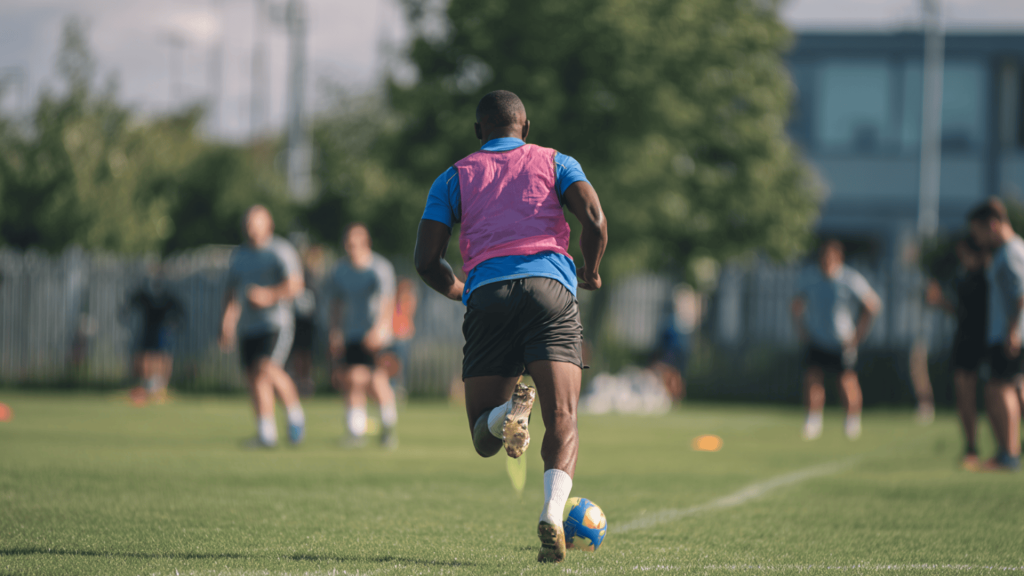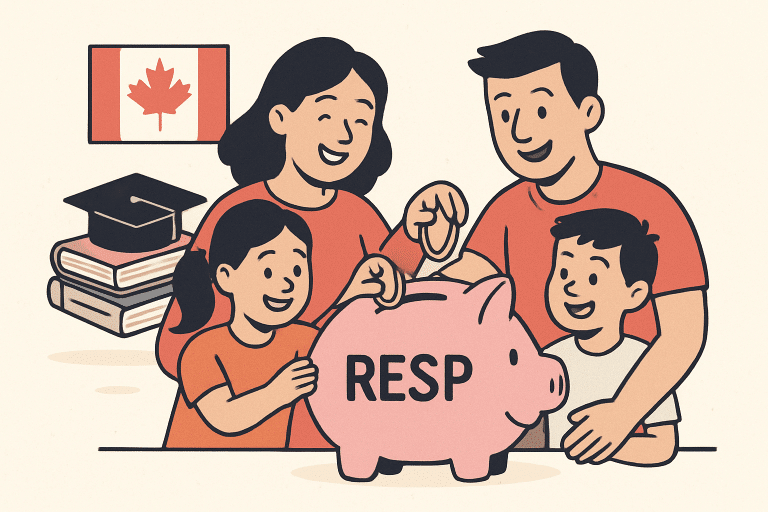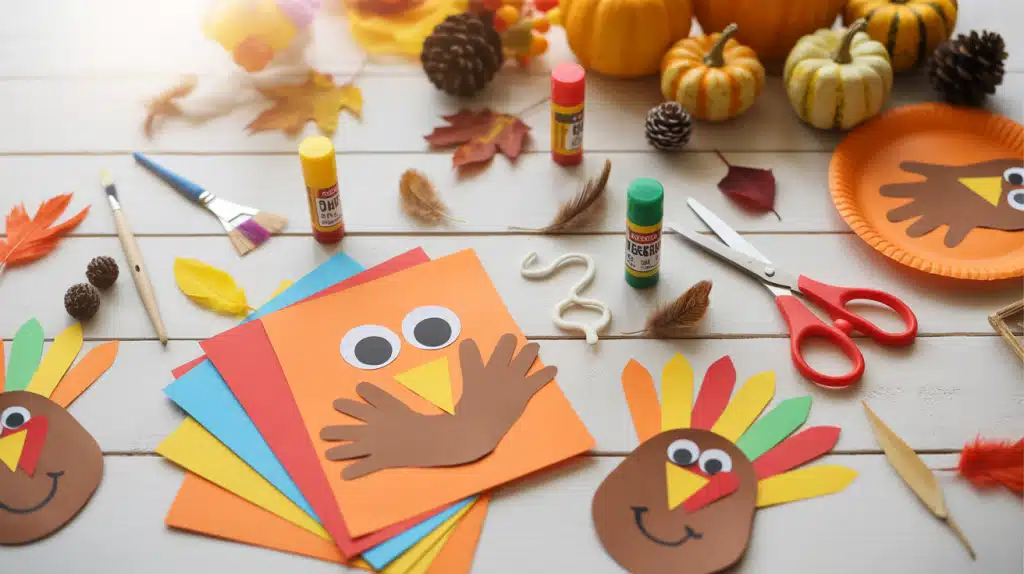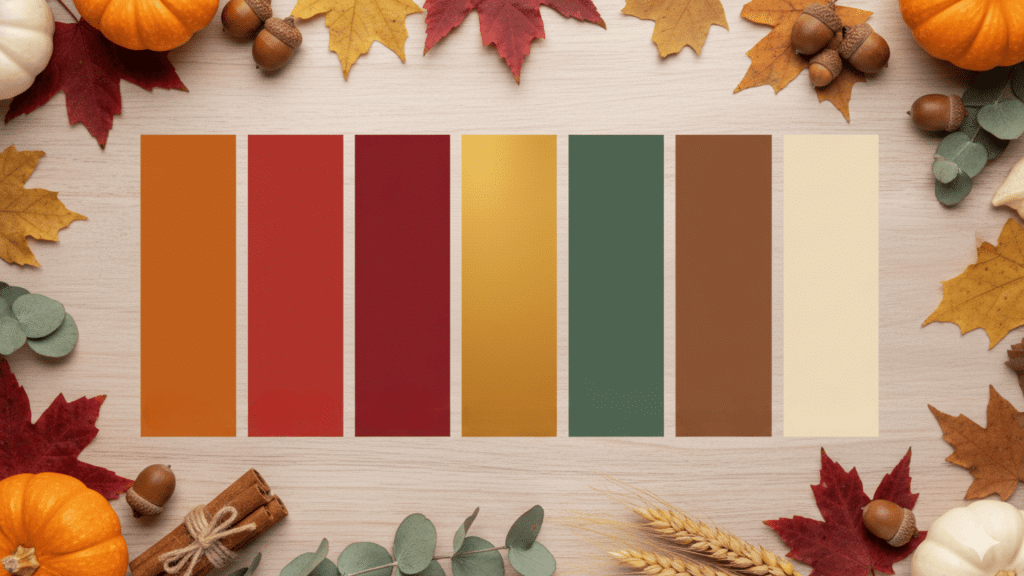What makes some soccer players better than others? The answer is simple: practice with the right drills.
Effective soccer training drills help players improve their ball control, passing accuracy, and goal-scoring ability. They also make you stronger and faster on the field.
Soccer training drills are like building blocks for your skills. Each drill teaches you something new and makes you better at the game.
If you’re just starting or have been playing for years, the best soccer training drills can sharpen your skills across ball control, passing, shooting, defense, and fitness.
Let’s find out the drills that will make you a better player.
Why Soccer Training Drills Are Essential
Soccer training drills are crucial because they help you improve by repeatedly practicing the same moves.
Repetition builds muscle memory, allowing your body to perform skills automatically.
The importance of soccer training drills goes beyond just learning new moves. They help you stay calm during games and make better choices with the ball.
New players learn the basics, while experienced players can fine-tune their skills. Drills also help build confidence, so you feel ready to try new moves during real games.
Ball Mastery & Control Drills
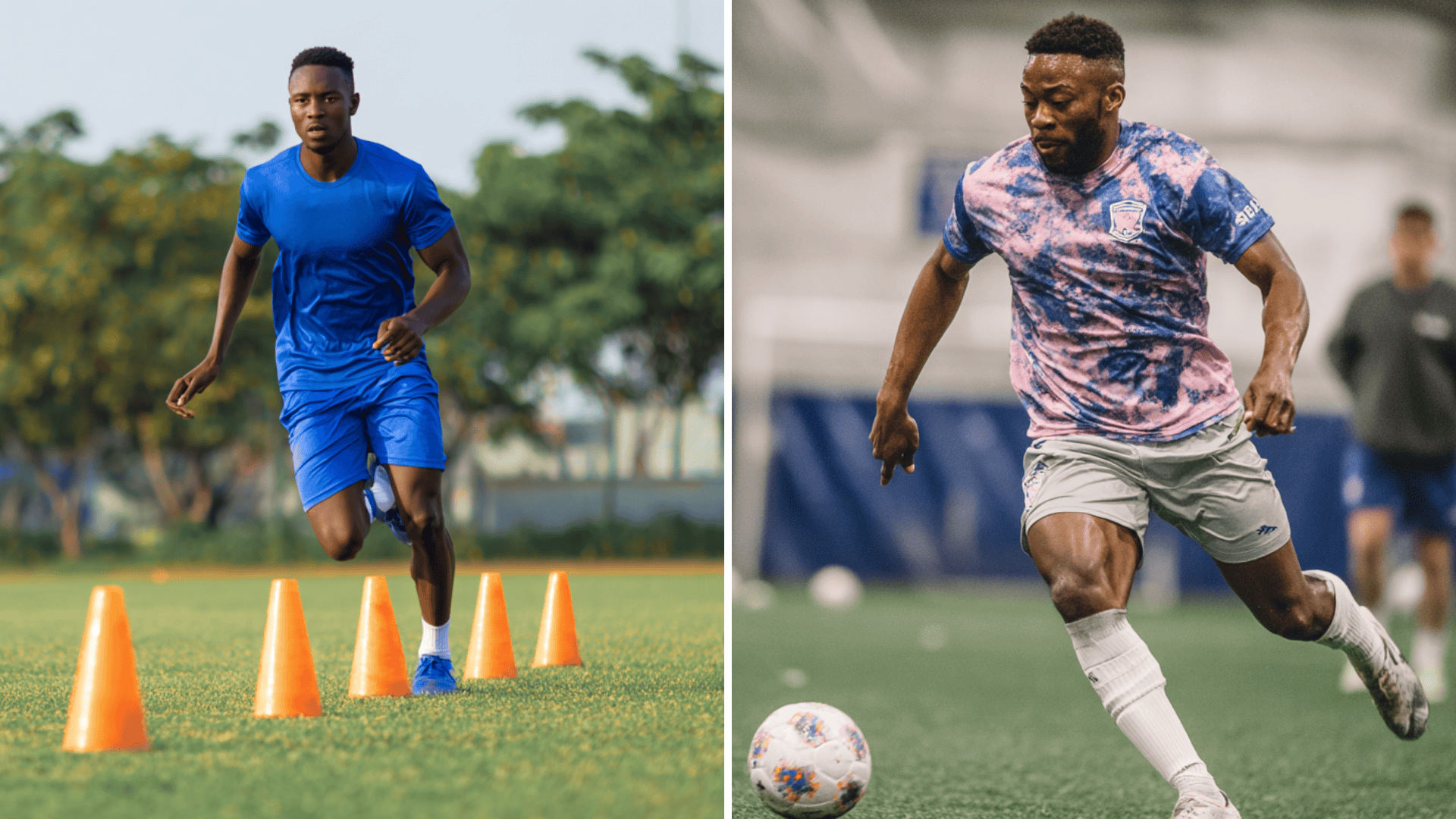
These drills help you improve your ability to control the ball with your feet. Good ball control means you can keep the ball close to you and move it where you want it to go.
1. Cone Weaving
Set up 5-6 cones in a straight line, about 2 feet apart. Dribble the ball through the cones using both feet. Try to touch the ball gently and keep it close to your body.
Start slowly and then increase your pace as you improve. This drill helps you learn how to change direction quickly while keeping control of the ball.
Pro Tip: Keep your head up while weaving through the cones so you can see what’s happening around you.
2. Circle Control Drill
Create a circle with cones approximately 10 feet in diameter. Dribble around the circle using different parts of your foot – inside, outside, and sole. Try to stay inside the circle without hitting any cones.
This drill teaches you how to turn and change direction smoothly. Practice going both clockwise and counterclockwise.
Pro Tip: Use small touches to keep the ball close – big touches make it harder to control.
3. Inside-Outside Touches
Use the inside and outside of your foot to move the ball side to side. Take one touch with the inside of your right foot, then one touch with the outside of your right foot. Do this while walking forward slowly. Switch to your left foot after 10 touches. This helps you learn different ways to control the ball.
Pro Tip: Practice this drill every day for 5 minutes to build muscle memory in both feet.
4. Figure-8 Dribble
Set up two cones about 5 feet apart. Dribble the ball in a figure-8 pattern around both cones. Use both feet and try different parts of your foot to control the ball.
This drill helps you practice turning and changing direction while keeping the ball close to your body. Start slowly and gradually increase your speed as you improve.
Pro Tip: Keep your body between the ball and the imaginary defender to protect possession.
5. 1v1 Challenge
Play against a friend or coach in a small area about 20 feet by 20 feet. Try to dribble past them and reach the other side. Take turns being the attacker and defender.
This drill teaches you how to use your dribbling skills against a real person. It also helps you learn when to go fast and when to slow down.
Pro Tip: Use quick changes of speed to surprise your opponent – slow down, then burst forward.
6. Sole Rolls
Use the bottom of your foot to roll the ball sideways. Step next to the ball and use your sole to roll it to the side, then use the inside of the same foot to control it.
This move helps you change direction quickly and confuse defenders. Practice with both feet until it feels natural.
Pro Tip: Drop your shoulder in the opposite direction before rolling the ball to fake out defenders.
7. Speed Dribble Drill
Set up two cones 30 feet apart. Dribble the ball as fast as you can from one cone to the other while keeping control.
The goal is to move quickly without losing possession of the ball. Turn around and dribble back to the starting cone. This drill helps you learn how to run fast with the ball during games.
Pro Tip: Take bigger touches when you have space, but be ready to take smaller touches when defenders get close.
Passing & Shooting Drills
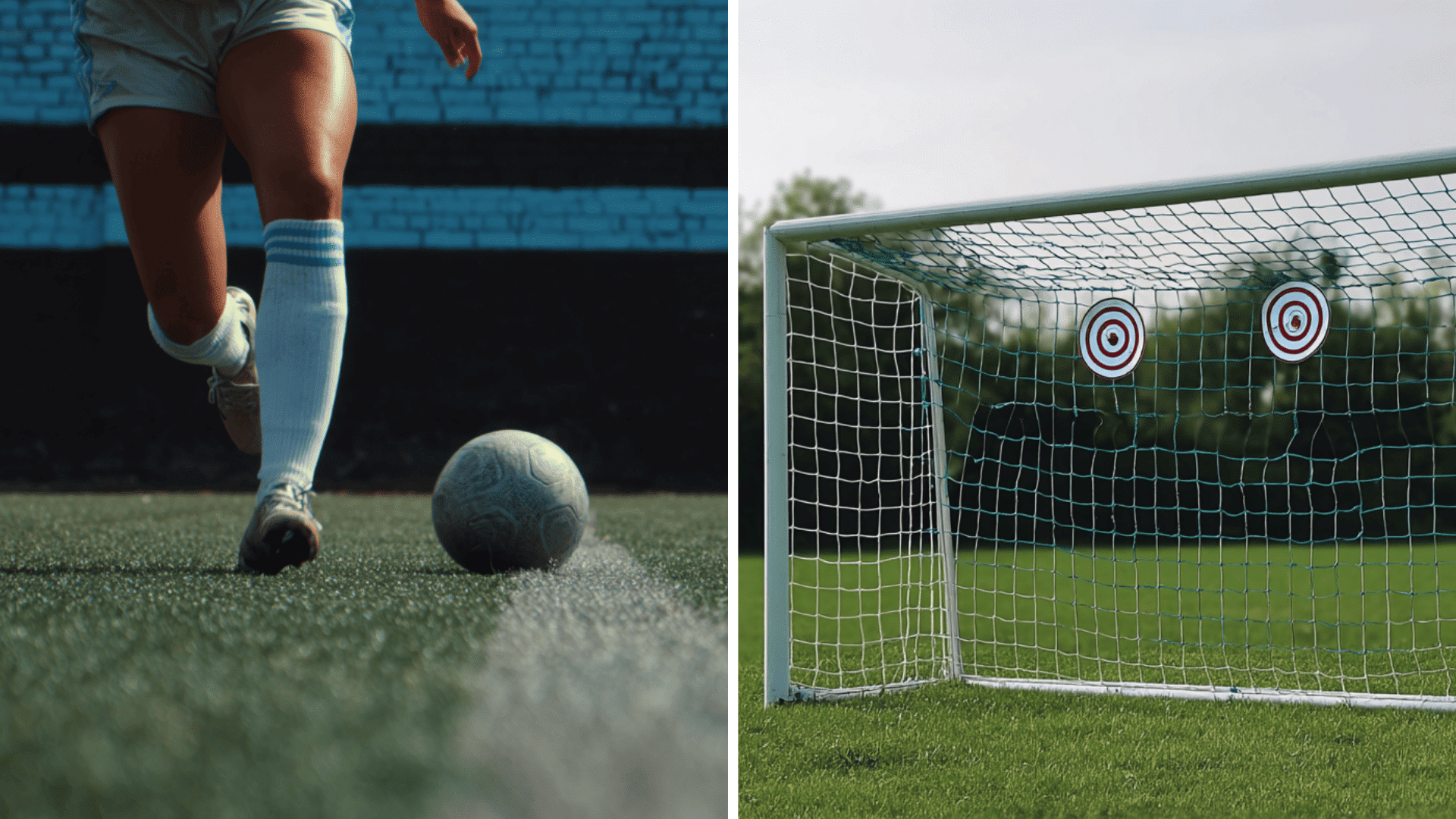
These drills help you pass the ball accurately to your teammates and increase your scoring opportunities. Good passing and shooting skills are essential for every soccer player.
8. Wall Pass Drill
Find a wall or fence and stand about 10 feet away. Pass the ball against the wall and control it when it comes back to you.
Use both feet and try different types of passes – inside foot, outside foot, and even your laces. This drill helps you practice passing and receiving without needing another person. Try to make 20 good passes in a row.
Pro Tip: Imagine the wall is your teammate and pass with the right speed – not too hard, not too soft.
9. Triangle Passing
Set up three cones in a triangle shape, each about 15 feet apart. Pass the ball to each cone and pretend there’s a teammate there.
Run to where you passed the ball and collect it, then pass to the next cone. This drill teaches you how to pass accurately and move effectively after passing. It’s like playing catch but with your feet.
Pro Tip: Always look up before you pass to see where your teammates are in a real game.
10. 4-Corner Passing Drill
Create a square with four cones, with each corner approximately 20 feet apart. Stand at one corner and pass the ball to the next corner, then run to that corner. Continue passing and running until you’ve visited all four corners.
This drill combines passing accuracy with fitness. Try to make clean passes that stop right at each cone.
Pro Tip: Use the inside of your foot for the most accurate passes, especially when learning.
11. Target Shooting
Set up a goal or use two cones as goalposts. Place targets in the corners – these can be small cones or even water bottles.
Try to hit the targets with your shots from different distances. Start close (about 12 feet) and move back as you get better. This drill helps you aim your shots instead of just kicking hard.
Pro Tip: Aim for the corners of the goal where goalkeepers have the hardest time reaching.
12. First-Time Finish Drill
Have a friend roll or toss balls to you from different angles. Try to shoot the ball into the goal with your first touch – don’t control it first.
This is harder than it sounds, but very useful in games. Practice shooting with both feet and from different positions around the goal area.
Pro Tip: Keep your shots low and on target rather than trying to blast the ball as hard as possible.
13. Long-Range Shooting
Practice shooting from 25-30 feet away from the goal. Focus on hitting the ball cleanly with your laces and keeping it on target. Don’t worry about power at first – accuracy is more important.
This drill helps you score goals from outside the penalty area when defenders don’t expect it.
Pro Tip: Plant your standing foot firmly next to the ball and keep your head steady when shooting.
14 Pass & Move Drill
Work with a partner and pass the ball back and forth while both of you continue to move. After you pass, run to a new spot and call for the ball to be returned.
This drill teaches you to pass and immediately look for a new position, just like in real games. Keep the passes crisp and accurate even while moving.
Pro Tip: Communicate with your partner by calling their name or saying “here” to let them know where to pass.
Defense & Fitness Drills
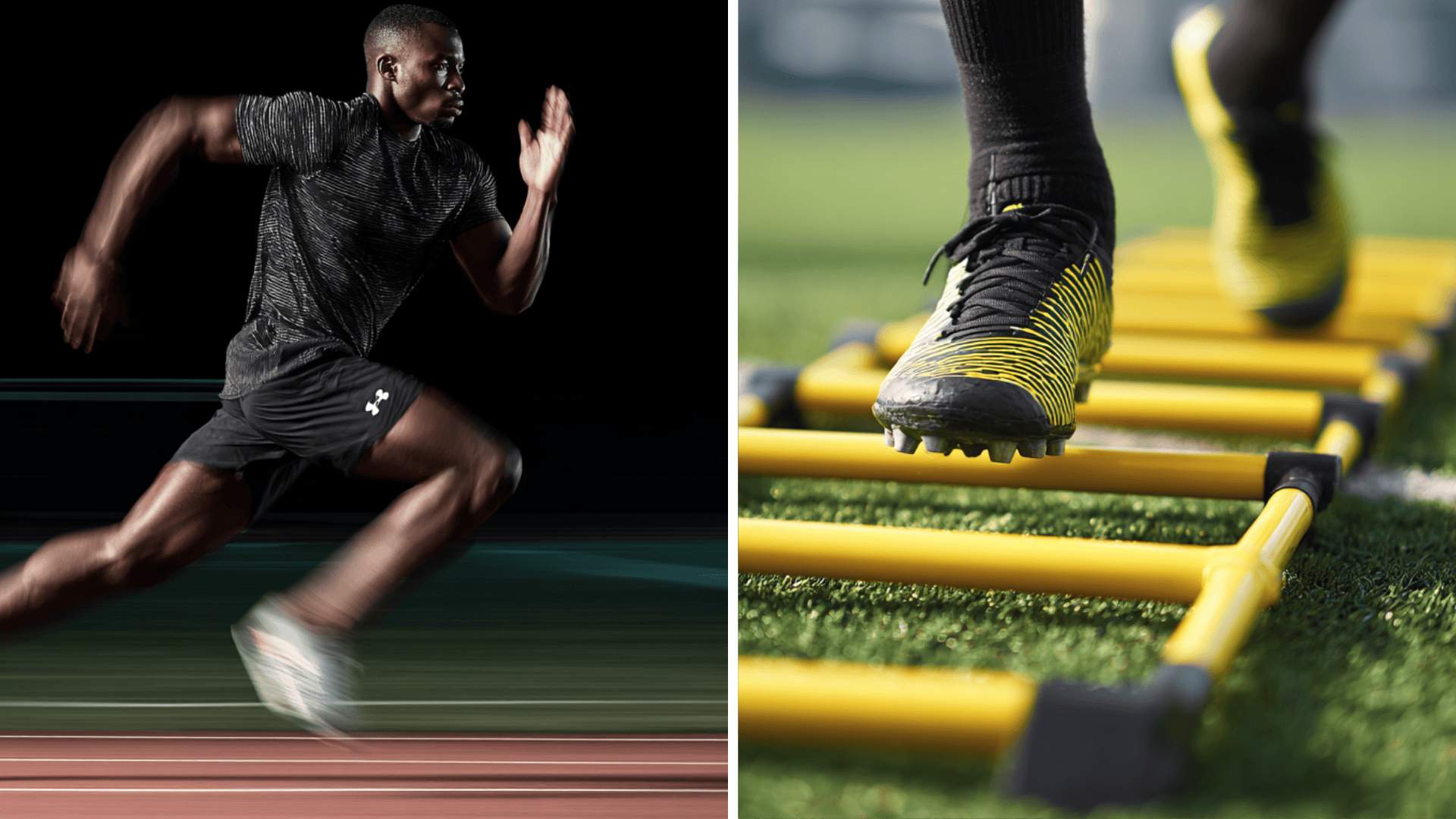
These drills help you become a better defender and stay strong throughout the entire game. Defense and fitness work together to make you a complete player.
15. Shadow Defending
Work with a partner where one person has the ball and the other defends. The defender should stay close but not try to win the ball; instead, follow the attacker’s movements like a shadow.
Switch roles every 30 seconds. This drill teaches you proper defensive positioning and how to maintain your position against an attacker.
Pro Tip: Stay on the balls of your feet so you can react quickly when the attacker changes direction.
16. 2v2 Situational Drill
Play in a small area with two attackers against two defenders. The attackers attempt to maintain possession, while the defenders work together to regain control of the ball.
This drill teaches you how to defend as a team and communicate with your defensive partner. Switch roles every few minutes.
Pro Tip: Talk to your defensive partner constantly – call out “I’ve got ball” or “you take the pass.”
17. Tackling Zones
Set up three zones with cones, each approximately 10 feet wide. An attacker tries to dribble through all three zones while a defender tries to stop them in each zone.
Focus on proper tackling technique and timing. This drill teaches you when and how to make tackles safely and effectively.
Pro Tip: Get close to the attacker first, then time your tackle when they take a heavy touch.
18. Shuttle Runs (Suicides)
Set up cones at 10, 20, and 30 feet from a starting line. Sprint to the first cone and back, then to the second cone and back, then to the third cone and back.
Rest for 30 seconds and repeat. This drill builds the stamina you need to run hard for the entire game.
Pro Tip: Focus on running through the cones, not just to them, to build explosive speed.
19. Interval Sprints
Sprint hard for 15 seconds, then jog slowly for 15 seconds. Repeat this pattern for a total of 5 minutes.
This drill mimics what happens in soccer games, where you need to sprint, then recover, then sprint again. It builds the specific type of fitness soccer players need.
Pro Tip: Use a timer or have someone call out when to sprint and when to jog.
20. Agility Ladder Drills
Use an agility ladder (or make one with tape) and practice different footwork patterns.
Try running through with both feet in each box, then with one foot in each box, then side-stepping through. These drills improve your coordination and make your feet quicker. Practice for 2-3 minutes at a time.
Pro Tip: Start slowly to get the pattern right, then increase your speed while staying coordinated.
21. Small-Sided Game (3v3/5v5)
Play a mini soccer game with fewer players on each team. Use a smaller field so there’s more action and everyone has the opportunity to touch the ball more often.
This drill combines all your skills – dribbling, passing, shooting, and defending. It’s the most fun way to practice because it feels like a real game.
Pro Tip: Look for quick passes and shots since you have less time and space than in regular games.
Putting It All Together: Sample Weekly Training Plan
Here’s a simple training schedule that covers all the important skills. You can adjust the days based on when you have time to practice.
| Day | Focus | Main Drills | Time |
|---|---|---|---|
| Day 1 | Ball Control + Fitness | Cone weaving, Circle control, Shuttle runs | 45 min |
| Day 2 | Passing + Shooting | Triangle passing, Target shooting, Wall passes | 45 min |
| Day 3 | Defense + Small Games | Shadow defending, 2v2 drills, 3v3 games | 45 min |
| Day 4 | Rest/Light Activity | Walking, stretching, and juggling for fun | 20 min |
| Day 5 | Mixed Session | Pick 2-3 favorite drills from each category | 60 min |
Remember that doing drills correctly is more important than doing them fast. Focus on good technique first, then add speed and intensity.
Note: Always warm up with light jogging and stretching before starting any drills, and cool down afterward.
Conclusion
Soccer training drills are essential for improving your skills as a player. By practicing ball control drills, you’ll be able to keep the ball close and dribble past defenders.
Passing and shooting drills improve teamwork and scoring, while defense and fitness drills strengthen you and help regain possession.
Remember, improvement takes time and doesn’t require perfection immediately. Practice daily, starting with easy drills and progressing to harder ones as confidence grows.
Consistency matters more than doing everything perfectly. Even 20 minutes of practice three times a week will make a big difference in your game.
Which of these soccer training drills sounds the most fun to you? Try one today and let us know how it goes in the comments below!

